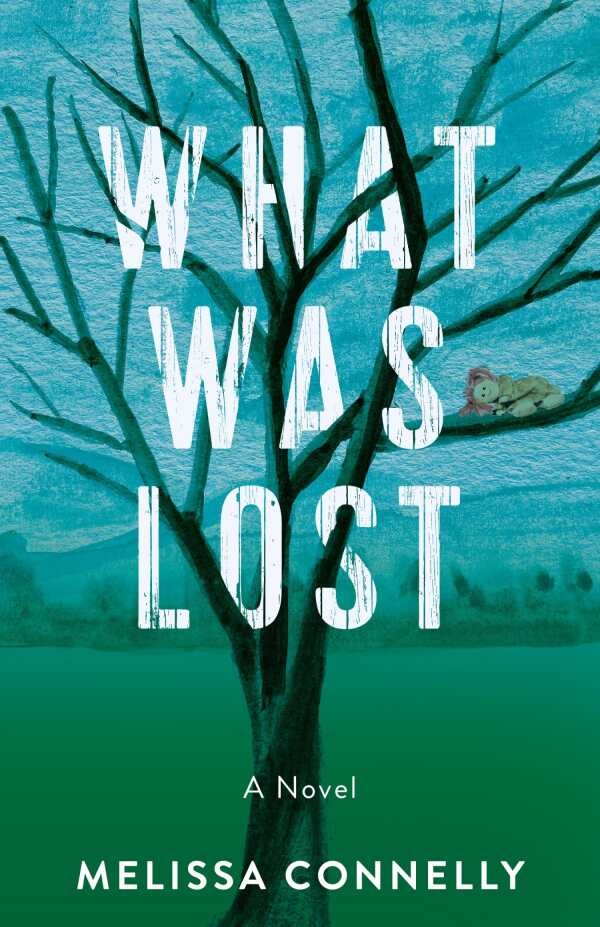What Was Lost
A scarred art therapist who’s hungry for personal healing returns to her hometown to confront troubling memories in the cathartic novel What Was Lost.
In Melissa Connelly’s evocative novel What Was Lost, a woman’s pursuit of emotional closure leads to unexpected revelations.
During a pivotal New England summer in 2000, Marti, a divorcée, feels compelled to return to her Vermont hometown, Chatham. For Marti, being in Chatham means confronting two traumatic memories—a childhood accident with a pot of scalding water that left her scarred and vulnerable, and an affair with her high school art teacher who exploited her lack of confidence and impregnated her. Now, she makes an excuse at work (noting the irony of correcting “past lies” while “creating new falsehoods”), rents a lake cottage, and makes abrupt plans for navigating a setting that she left behind almost thirty years ago. Further, Marti brings her teenage daughter, with whom her clashes are endless, along on the trip.
The timeline moves between Marti’s present, when she works as a hospital art therapist; the 1964 accident; and her involvement with the teacher, Spencer, in 1971. Marti’s narration shifts to reflect these different perspectives: as a child, she is perceptive; as a teenager, she is naïve yet prescient; as an adult, she is flinty, reserved, and able to hold her past experiences in poignant tension with each other. There’s a fine-edged tension to her return to the geographical and emotional landscapes that shaped her and a clear sense of her primal need to move forward by confronting her past. Spencer’s characterization is also deft and ambiguous. Manipulative, he plies Marti with sensuality and indifference, and his predatory cruelty is outlined in clear terms. The scenes in which he cultivates an “elite clique” of students, offering them marijuana and wine and sharing his “cool” record collection and worldly ramblings with them, are chilling.
Each of the novel’s time periods is fleshed out via careful details. The fluid culture of the early 1970s is attended to with particular care—preserved via mentions of maxi dresses, halter tops, and fringed belts, as well as an observation of the Rolling Stones’ Sticky Fingers album cover, with “a zipper you could actually pull up and down along the crotch of a man’s black jeans.” That contraceptives were more accessible then, and abortion rights still restricted, is also noted. And Marti contrasts her past understandings of neighbors’ family dynamics with her present desires: then, she longed to be part of her friend Peter’s large Irish Catholic family, valorizing his mother’s nurturing domesticity and resenting her own mother’s preoccupation and pursuit of a graduate degree; now, on reuniting with Peter, she recognizes more nuance in those situations. Working through her past misunderstandings and painful memories, she achieves healing at last—and does so with humor.
Suspenseful and cathartic, the engrossing novel What Was Lost follows a healing woman as she reflects upon the damaged fragments of her past to reclaim her rightful future path.
Reviewed by
Meg Nola
Disclosure: This article is not an endorsement, but a review. The publisher of this book provided free copies of the book and paid a small fee to have their book reviewed by a professional reviewer. Foreword Reviews and Clarion Reviews make no guarantee that the publisher will receive a positive review. Foreword Magazine, Inc. is disclosing this in accordance with the Federal Trade Commission’s 16 CFR, Part 255.

